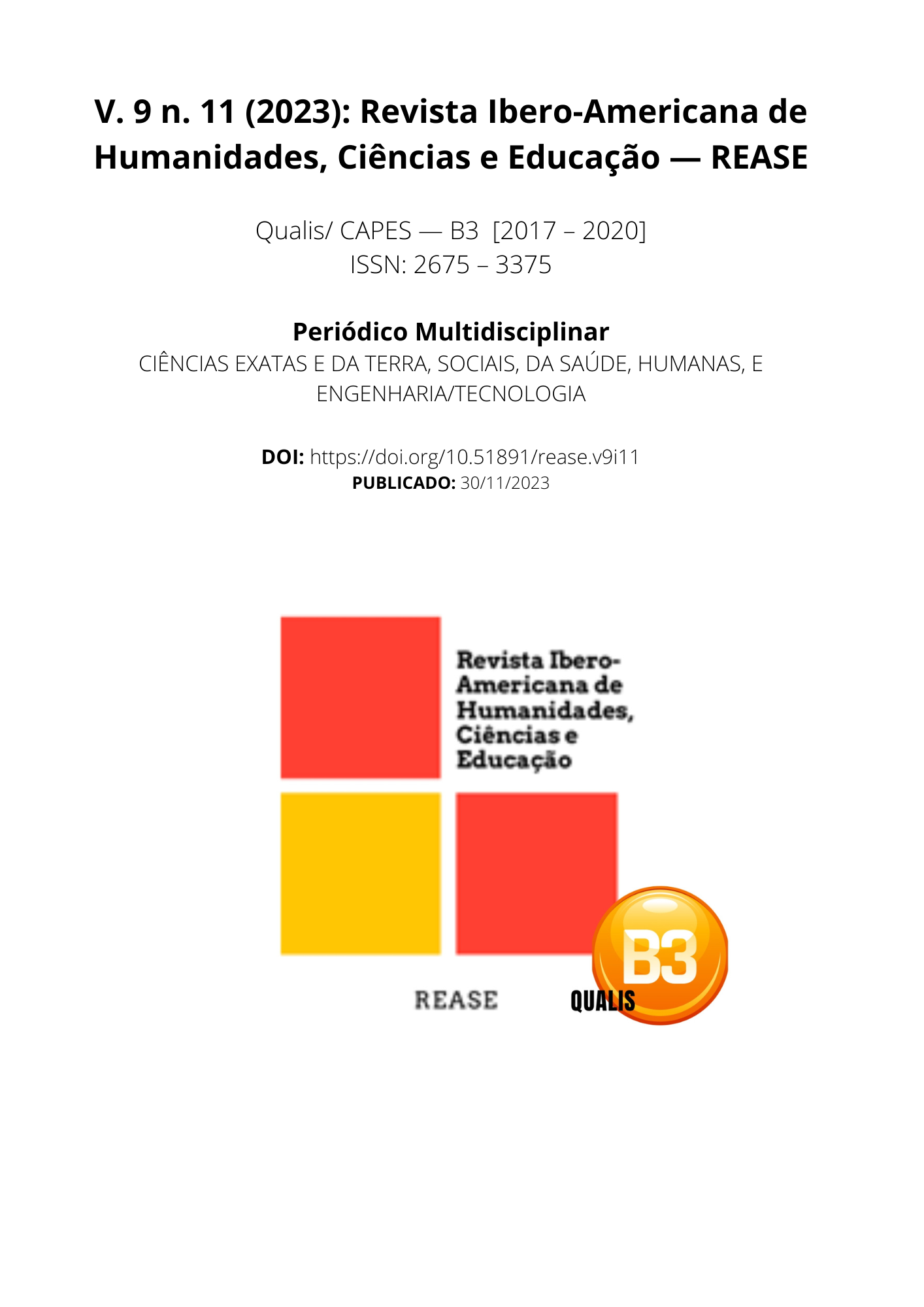MULTIMODAL MINI TALES: AN ANALYSIS OF THE CURRENT STATE OF KNOWLEDGE (2019-2023)
DOI:
https://doi.org/10.51891/rease.v9i11.12146Keywords:
Multimodal mininarratives. State of knowledge. Technologies. Literacies.Abstract
The research proposes a comprehensive analysis of the state of knowledge on multimodal mininarratives from 2019 to 2023. The methodology, inspired by Morosini's (2014) understanding, involves the critical analysis of five works identified on Google Scholar. The process begins with exploring the principles and determinants of scientific production, followed by identifying the theme and formulating research questions. In-depth reading and discussion of scientific production, coupled with the constitution of the analysis corpus and the floating reading, provide a more detailed understanding of the field of study. The contributions of this work lie in systematizing existing knowledge about multimodal mininarratives, offering an analysis of methodologies and key research topics in the last five years. By identifying knowledge gaps, the research signals areas that need further exploration and underscores the relevance of future investigations. Among the main results, the consolidation of a body of literature addressing both fundamental principles and recent advances in the study of multimodal mininarratives is highlighted. The critical analysis of mapped works provides opportunities for reflections on emerging trends, theoretical divergences, and gaps still present in the field, offering a comprehensive overview for researchers and academics interested in this specific domain.
Downloads
Downloads
Published
How to Cite
Issue
Section
Categories
License
Atribuição CC BY

